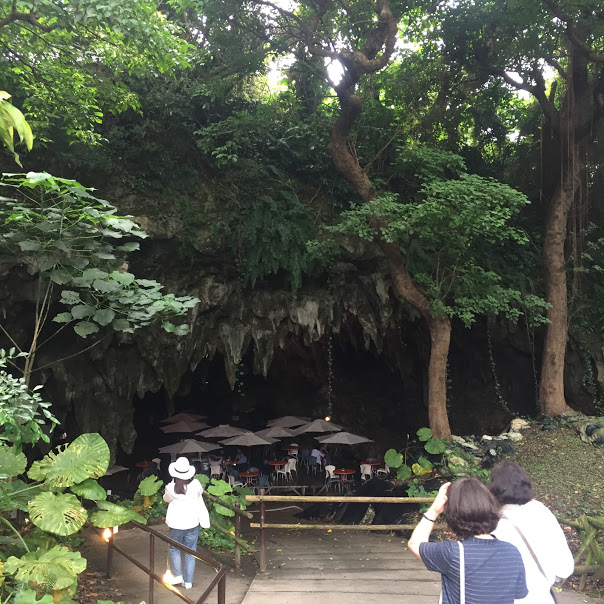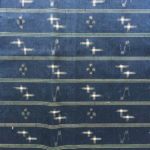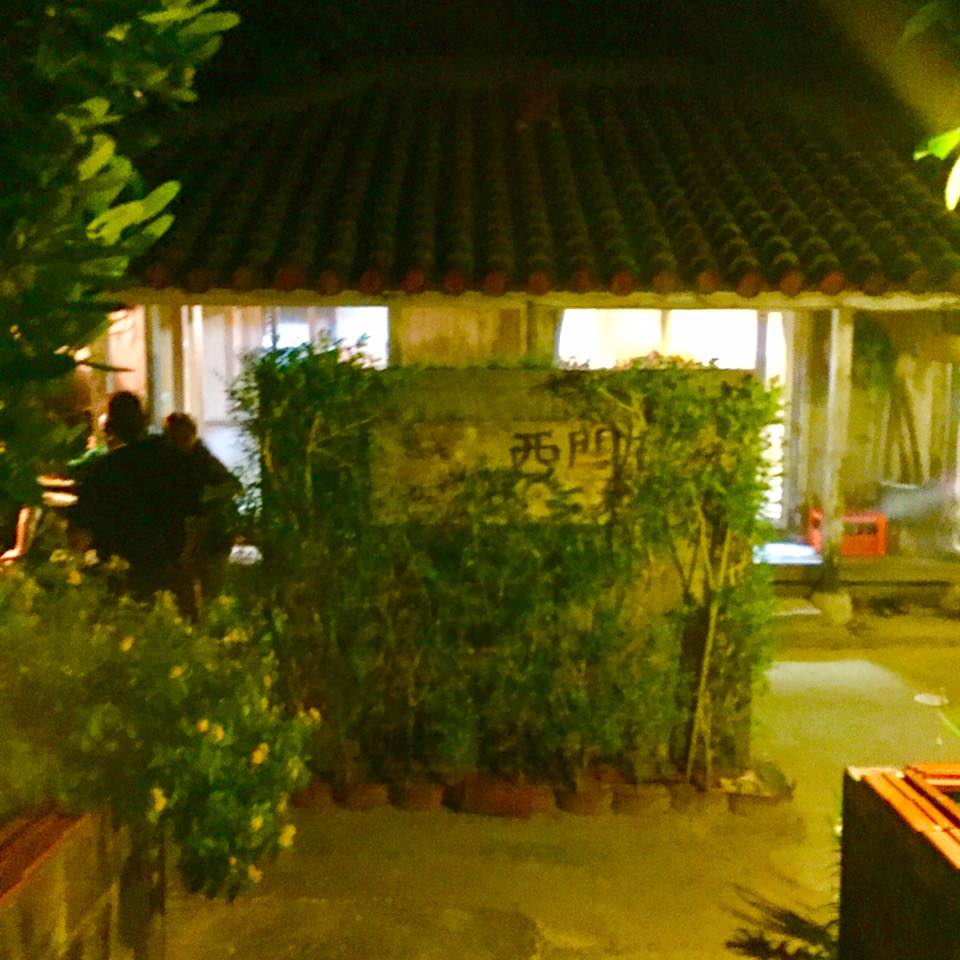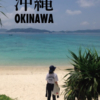vol.1 Ryukyu kasuri, Okinaw | 琉球絣 沖縄
その土地の織物や染物にであうのも、旅の楽しみのひとつ。
沖縄への旅。
One of the pleasures of travel is to encounter local textiles and dyes. A trip to Okinawa.
観光の合間に市場を散歩。
牧志市場のはじっこにある、反物が積まれてた生地やさんを発見。
雑多なアジアな雰囲気。お店のおばちゃんに反物を広げてもらいながら、話をききました。
In between sightseeing, I took a walk in the market.At the beginning of the Makishi market, I found a fabric shop with piles of fabrics.The atmosphere was chaotic and Asian. The lady at the store opened up the fabrics and talked to us.
「琉球絣(かすり)」という織物。
どの反物も手織りで、10cm単位で切り売りしてくれます!
(琉球絣、6000円/m、首里織、2400円/m)
織元はどこか聞いたら、南風原(はえばる)という30分ぐらいのところ。
軽貨物で行ってみてくるといいと。*軽貨物、個人タクシーみたいのかな?
This fabric is called “Ryukyu Kasuri. All fabrics are hand-woven, and they are cut and sold in 10cm increments! (Ryukyu Kasuri, 6,000 yen/m, Shuri-ori, 2,400 yen/m)
When I asked where the weaving factory is, I was told it is in Haebaru, about 30 minutes away. I asked him where the weaving factory was located, and he said I should go there by light cargo and check it out. *I asked him where the weaving factory was located, and he said that I could go there in about 30 minutes. I heard that some women in Haebaru make the weavings at home and sell them at this store. The woman also commutes from this town to the market.
(豆知識)絣は、たてとよこの糸が交互に織り込まれる平織り。絣の起源は紀元前3−4世紀のインド。アジアを経て、15−16世紀に沖縄で発展。琉球絣は600近くの図柄があり、御絵図帳を手引きとして意匠設計をしていく。
(Trivia) Kasuri is a plain weave in which the warp and weft threads are interwoven alternately.
Kasuri originated in India in the 3rd-4th century BC. After passing through Asia, it developed in Okinawa in the 15th-16th century. Ryukyu kasuri has nearly 600 patterns, and the design design was designed using the goezucho as a guide.
Ryukyu traditional resist-dyed textiles
KOGEI JAPAN
https://kogeijapan.com/locale/en_US/ryukyukasuri/










